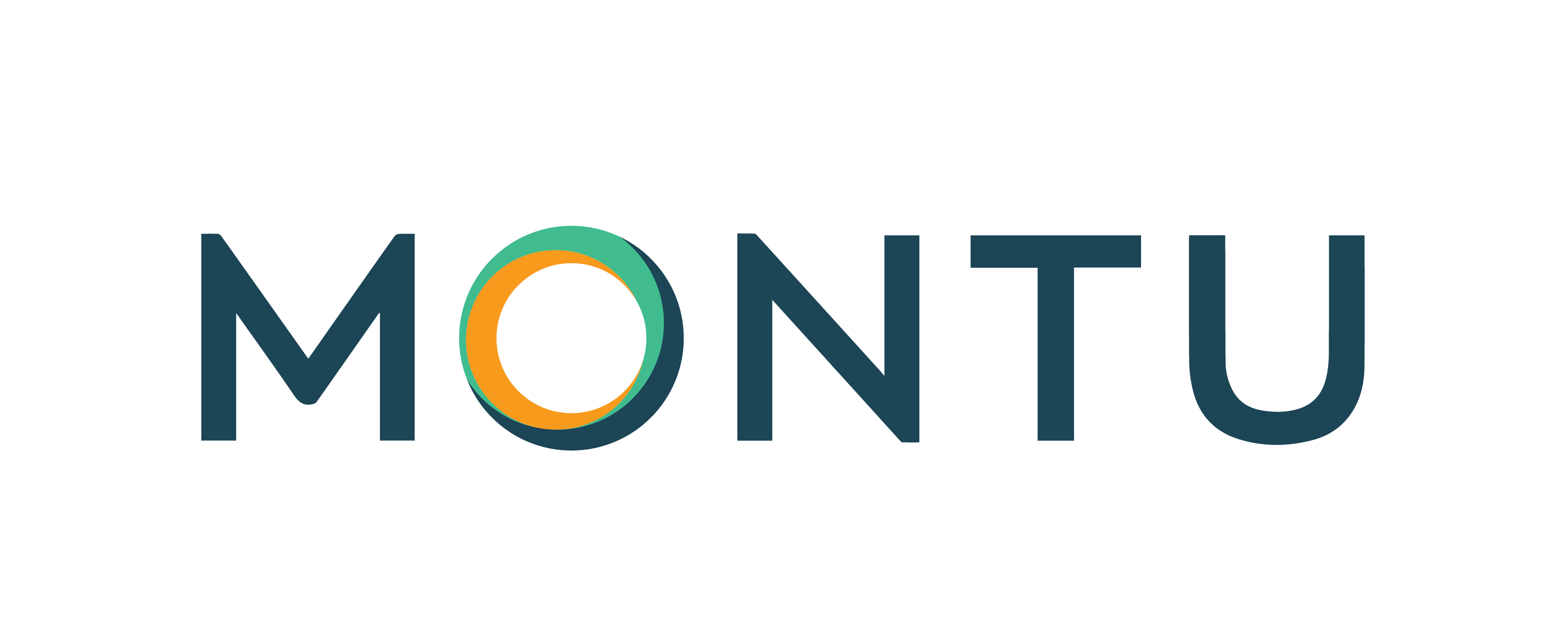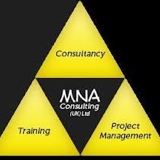Title Page
-
Address of remote work location
-
Risk Assessment Conducted on
-
Prepared by
Risk Assessment p1/5
Designated Work Area
-
I have identified a designated work area identified which provides sufficient clear space to enable the me to have full range of movement required to work without risk of strain or injury. (Please upload a photo or diagram of your working area which includes desk layout, power outlets, telephone and lighting)
Risk Assessment p2/5
Environmental Conditions
-
Lighting is adequate for the tasks being performed (i.e. easy to see and comfortable on the eyes)
-
Glare and reflection can be controlled
-
The area is free from trip hazards (e.g. cabling, mats, clutter)
-
Ventilation and room temperature can be controlled, regardless of season (i.e. I feel comfortable with the room temperature and air flow)
-
There is no excessive noise affecting the work area
-
My work area is a non-smoking environment
-
There are appropriate amenities (e.g. kitchen, bathroom)
-
Stairs contain a continuous hand rail from top to bottom
-
Path to the exit is reasonably direct
-
Path to the exit is sufficiently wide and free of obstructions or trip hazards to allow unimpeded passage
Risk Assessment p3/5
Security
-
Security is sufficient to prevent unauthorised entry by intruders
-
Important files and laptops kept locked away securely when not in use
-
Materials and equipment are stored in a secure place that can be protected from damage and misuse
Electrical Safety
-
Electrical equipment is free from any obvious external damage
-
Connectors, plugs and outlet sockets are in a safe condition
-
Electrical cords are safely stowed
-
Power outlets are not overloaded with double adapters and power boards
-
Earth leakage circuit protection is in place for work related equipment
Risk Assessment p4/5
Set up and ergonomics
-
Work Surface
-
The area of the work surface is adequate for the tasks to be performed (i.e. similar work space to that used if you were in an office)
-
The most frequently used items are within easy reach from the seated position
-
There are no sharp contact points on the workstation or other equipment
-
A document holder is used if transcribing information from hard copy to computer or if referring to reference material for prolonged periods
-
Chair
-
The seat height, seat tilt, angle and back rest are all adjustable
-
The chair has a 5-point base to ensure stability (does not slip or roll) on the floor
-
There is adequate lumbar support and padding
-
The chair height is adjusted so that feet are flat on the floor and knees are bent at right angles with thighs parallel to the floor
-
The seat pan tilt is adjusted so that hips and tops of thighs are at right angles or slightly greater
-
The seat back is adjusted to support the lumbar curve of the lower back
-
Chair arms are not present or are low enough to easily clear the desk
-
Desk
-
The desk is at a suitable height
-
There is adequate leg room under the desk, and no clutter
-
A footrest is available if needed
-
Keyboard and Mouse
-
Keyboard to user distance allows user to relax shoulders with elbows close to the body
-
Keyboard position is flat and in front of the screen
-
Mouse is placed directly next to the keyboard, fits hand comfortably and works freely
-
Mouse is at same level as the keyboard
-
Monitor
-
Monitor height is adjusted so top of the screen is level with or at slightly lower height than eye level (approx. 400mm above the work surface)
-
Monitor is approx. arm’s length from user
-
Monitor is positioned to avoid glare, i.e. perpendicular to window or other strong light source
-
Laptop
-
A laptop stand is used to raise the laptop screen such that it is the same height as the user’s eyes
-
An external keyboard and mouse is used with the laptop
Nature of Tasks
-
Physical Demands of Tasks
-
Safe posture is adopted
-
Any lifting, pushing or carrying type task is well within physical capacity (i.e. my work does not involve physically heavy, overly repetitious or demanding tasks)
-
Work Practices
-
Wrists are kept straight and not supported on surface while typing
-
Sitting posture is upright or slightly reclined, with lower back supported
-
The telephone is within easy reach from the seated position
-
Long periods of continuous activity are broken by performing other tasks, changing position, standing up and stretching
-
A procedure has been established to periodically confirm with the office workplace that the remote worker is safe and well
-
Telephone or other communication devices are readily available to allow effective communication in an emergency situation
Risk Assessment p5/5
Emergency procedures, incidents and check-in
-
Emergency contact numbers and details are known, i.e. 000 for fire, ambulance or police
-
Access to first aid supplies is available
-
A smoke detector is installed in/near the designated work area and is properly maintained
-
I know how to report safety incidents that occur in a remote working environment.
Risk Assessment Complete
-
Thank you for completing the Remote Working Risk Assessment. Your responses will be forwarded to our WHS team for review. They will be in contact with you should any follow-up actions be required. If you have any questions or queries, please contact them at safety@montu.com.au












